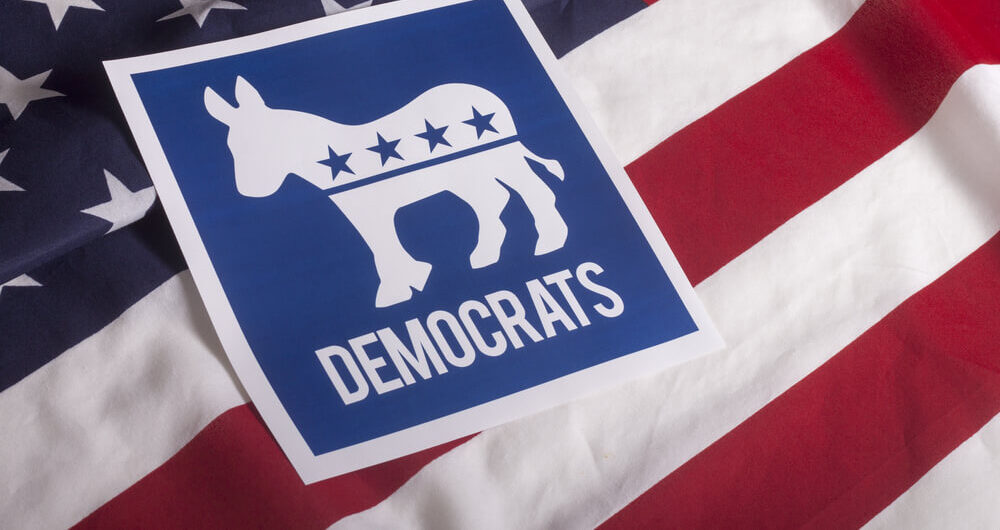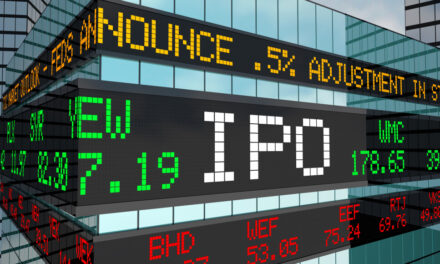If you find yourself asking “why” the market moves … just stop. You’re going to give yourself an ice cream headache.
Four years ago, the market started an epic run following the “red wave” in 2016 that saw President Donald Trump sweep into power with a Republican-controlled House of Representatives and Senate.
Now the market is exploding higher again on the back of a “blue wave” following the wins by incoming Georgia Senators Raphael Warnock and Jon Ossoff. Alongside President Joe Biden and a House majority, the Democrats will control the policy agenda for at least the next two years.
Apparently, red waves are great … except when blue waves are great — confused yet?
It comes down to context.
The Ramifications of Increased Government Spending
When Trump took office, the market fixated on the effects of lower taxes and less regulation. But, today, it seems the bigger perceived catalyst is fiscal stimulus from a more active government. A non-gridlocked government is a lot more likely to dole out $2,000 stimulus checks and dump loads of cash into new infrastructure projects than one trapped in an endless bickering match.
But higher spending by Uncle Sam has some other implications too. Financial blogger Ben Carlson, CFA lays it out in a recent tweet:
This scenario is now a higher probability than it’s been in years:
higher GDP growth (from increased govt spending)
higher inflation
higher rates
tech stocks finally underperform
small caps & value stocks outperform
who says no?
— Ben Carlson (@awealthofcs) January 6, 2021
It might be a while before the American consumer’s financial health returns to pre-COVID-19 levels. As I wrote a few months ago, we had the biggest quarterly pop in GDP growth in American history in the third quarter of 2020. But even after that 33% annualized jump, the economy’s shrinkage from its former top was still as bad as the bottom in 2008.
So, government spending could give the economy a much-needed shot in the arm, but it could also cause inflation to jump.
A flood of new spending should also help smaller companies and non-tech value stocks that have been mostly left behind by the recent bull market. And at the same time, the threat of more regulation might finally break tech’s leadership.
How to Invest After the “Blue Wave”
So, how should an investor play the blue wave? Let’s break this down into three parts.
1. The threat of inflation.
I don’t think higher inflation is imminent. If reduced gridlock and more government spending were all it took, Japan would have the highest inflation in the world. In reality, Japan has struggled with deflation for the past three decades.
All the same, exposure to traditional inflation hedges isn’t a bad idea. Even if inflation doesn’t come roaring back, the dollar could still depreciate. And assets that tend to do well under inflation also tend to do well under a dollar bear market. This includes gold, commodities, real estate and other hard assets.
2. The struggling bond market.
Bonds have really struggled lately. If inflation becomes a real threat, investors won’t hold on to fixed income.
Again, we’ll see. Don’t underestimate the Federal Reserve’s ability to keep a lid on bond yields even if inflation starts to creep higher. The Fed has unlimited cash. It can literally buy every single bond in existence if it wants to. So, while I’m bullish on the “inflation trade” as a whole, I’m not dumping my bonds just yet.
3. The future of the stock market: tech vs. value.
I don’t expect tech to implode any time soon. But I do think the changing of the guard in government could be enough to shake investors out of their tech comfort zone.
The sectors that struggled in recent years — value stocks in general, emerging market stocks, energy and resource stocks, etc. — may finally be in a position to assume leadership for a while.
We’ll see. In the meantime, it seems that the great 2020 bull market is still very much alive and well in 2021.
Money & Markets contributor Charles Sizemore specializes in income and retirement topics. Charles is a regular on The Bull & The Bear podcast. He is also a frequent guest on CNBC, Bloomberg and Fox Business. Follow Charles on Twitter @CharlesSizemore.





